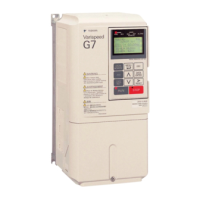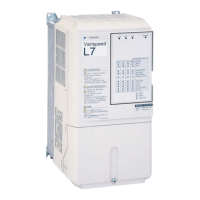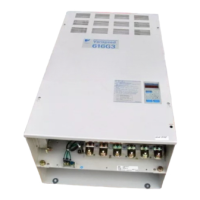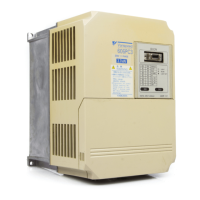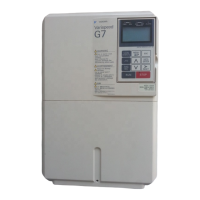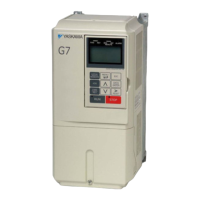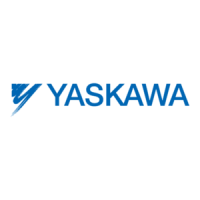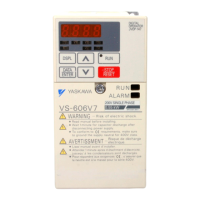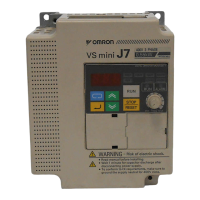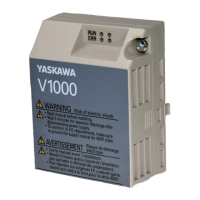Why is a signal being input to the frequency reference terminal A2 or A3 on YASKAWA Inverter?
- JJeffrey JacksonSep 23, 2025
When 0 (frequency reference) is set for constant H3-09 (Multi-function Analog Input Terminal A2 Function Selection) or H3-05 (Multi-function Analog Input Terminal A3 Function Selection) on YASKAWA Inverter, a frequency corresponding to the terminal A2 or A3 input voltage (current) is added to the frequency reference. Check to be sure that the set value and analog input value are suitable.





